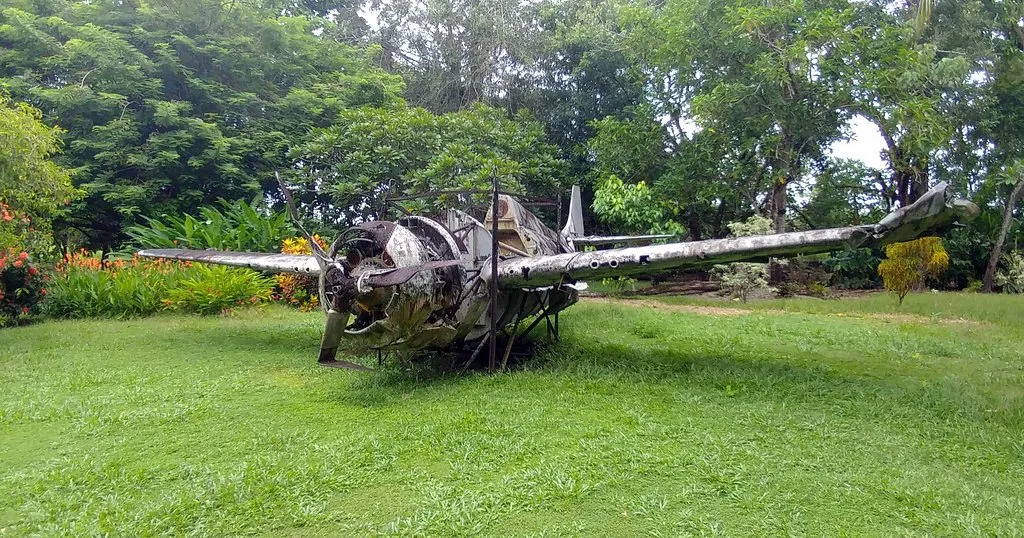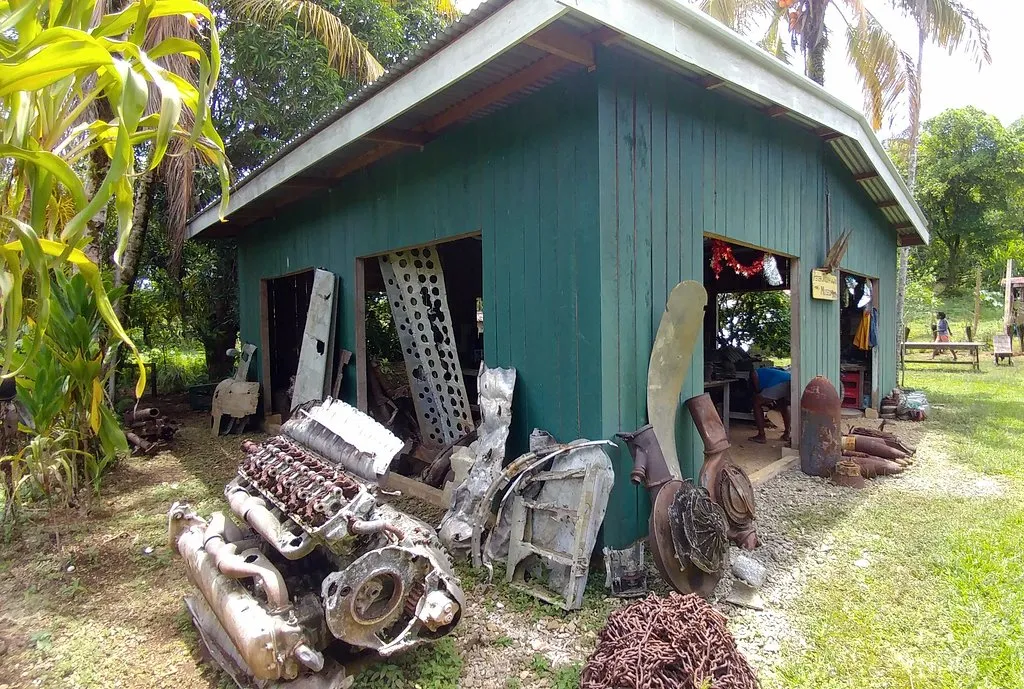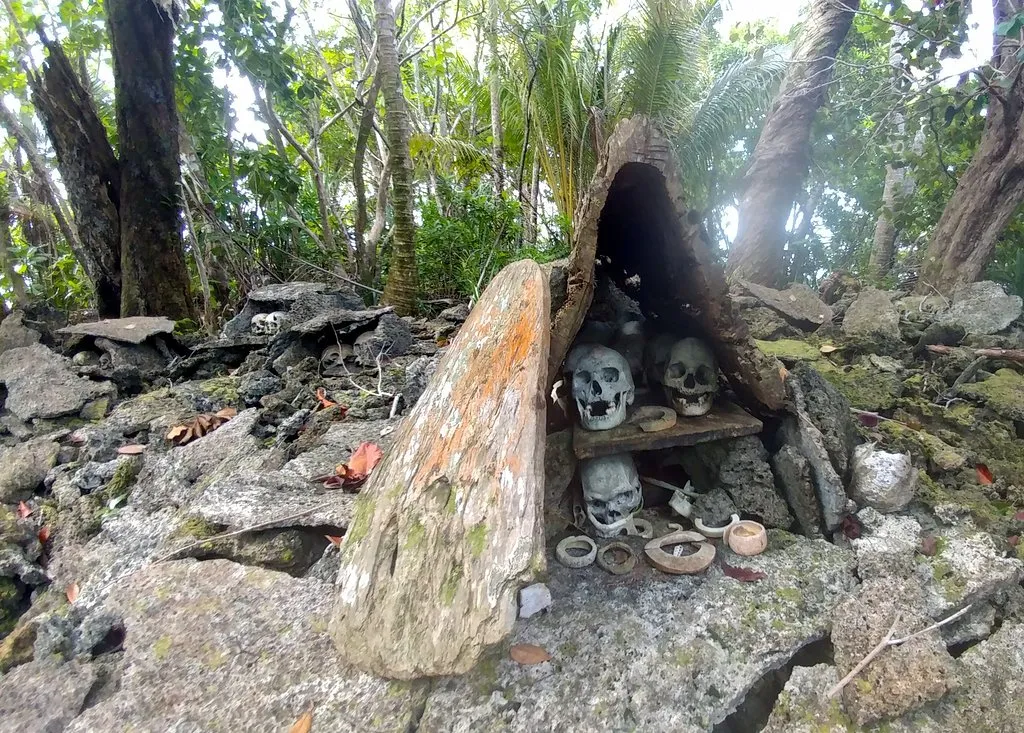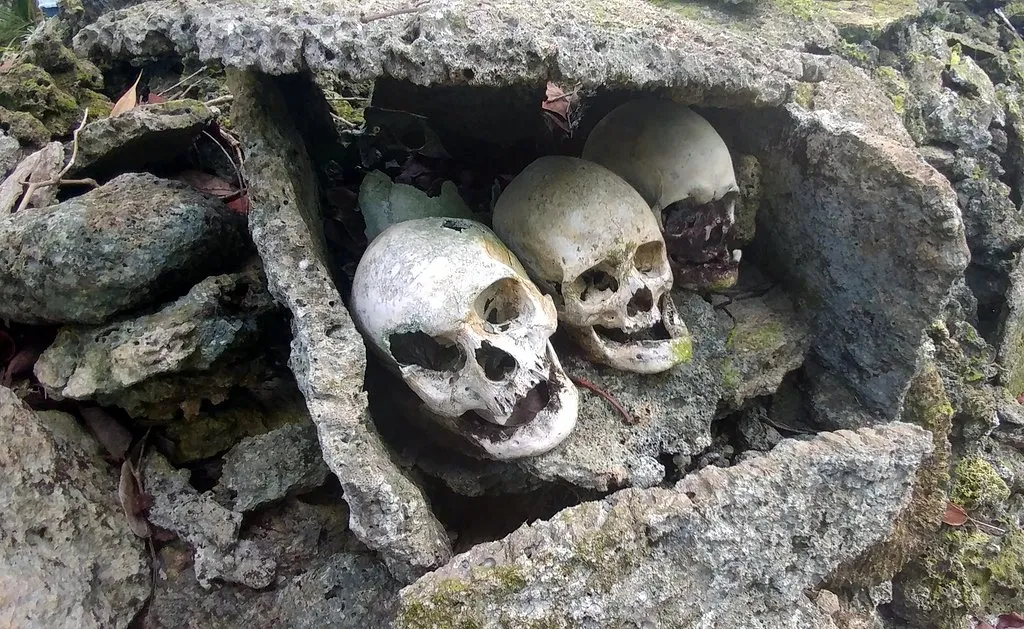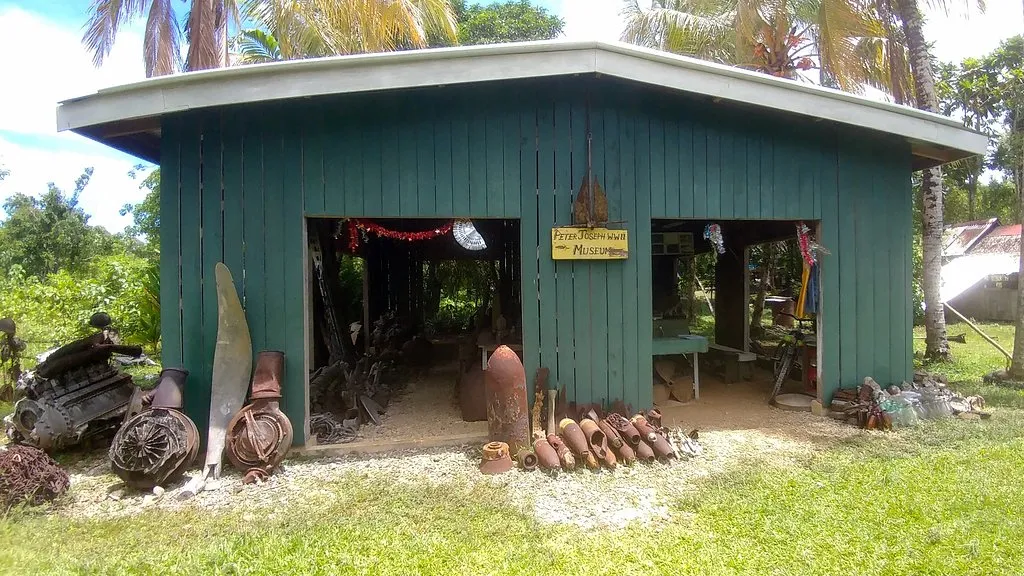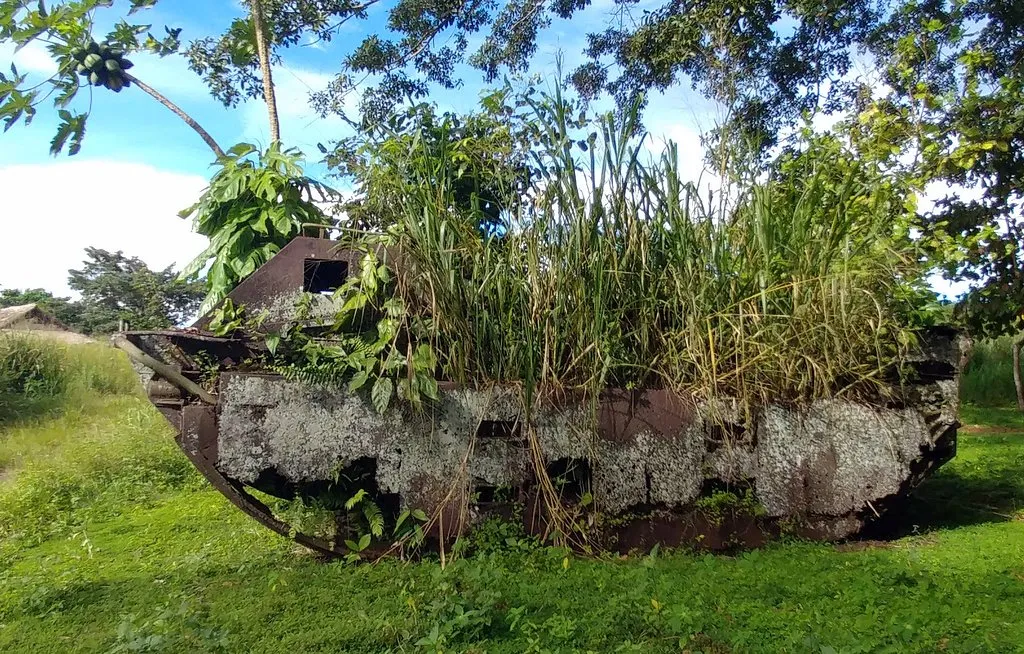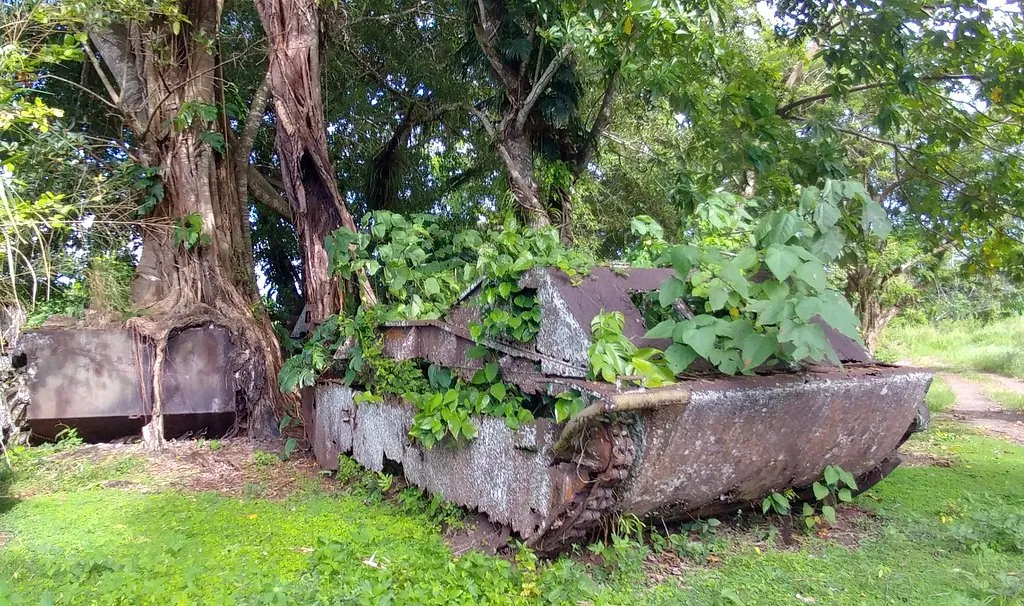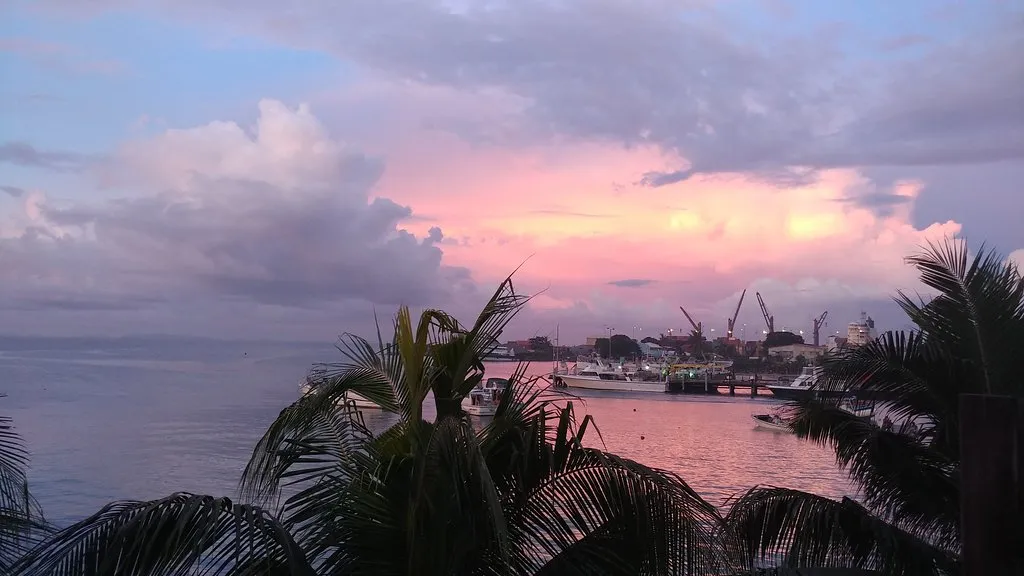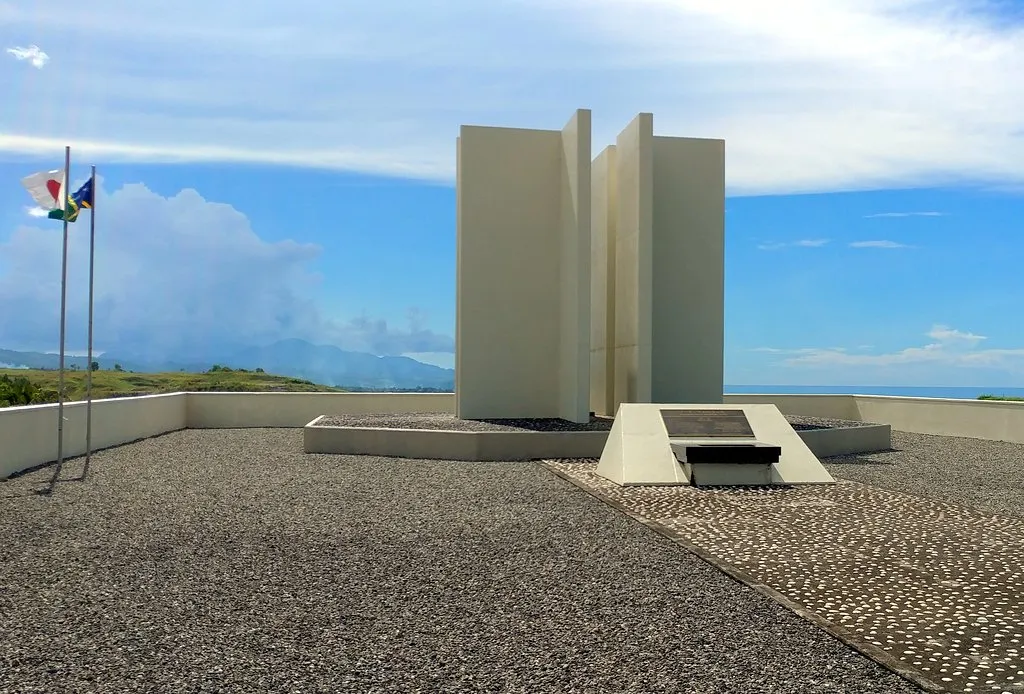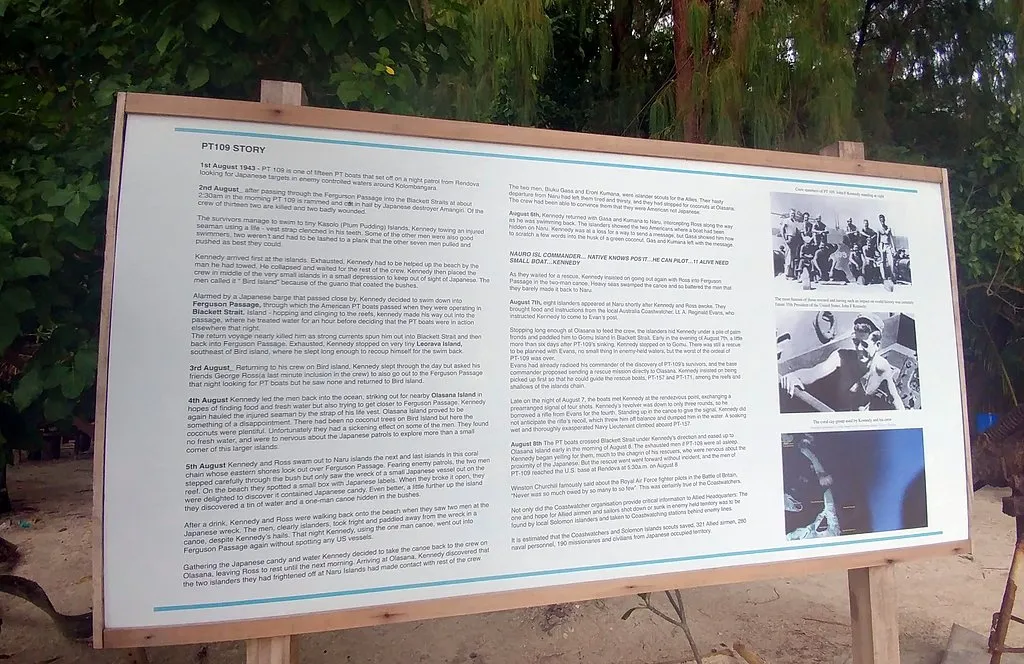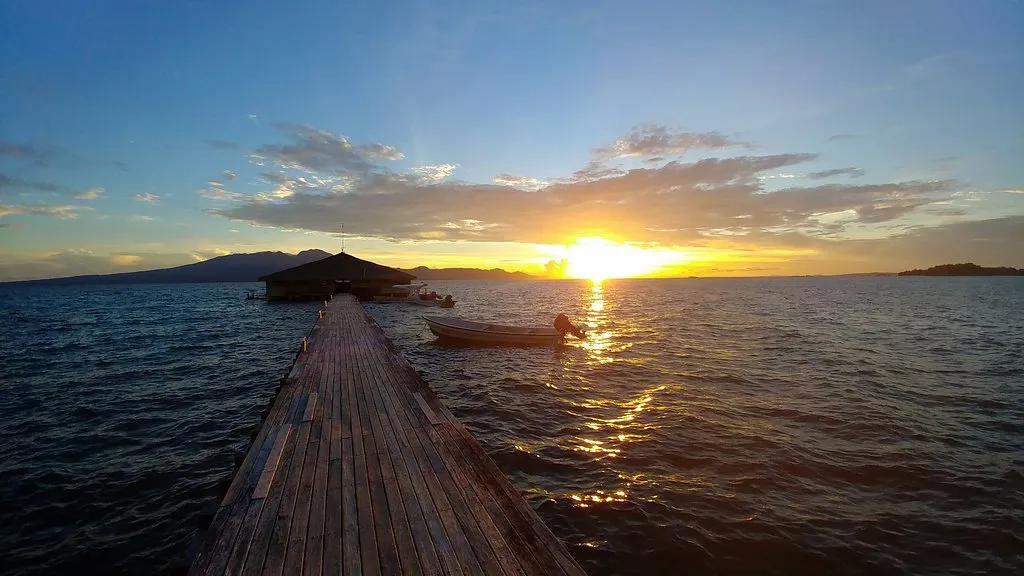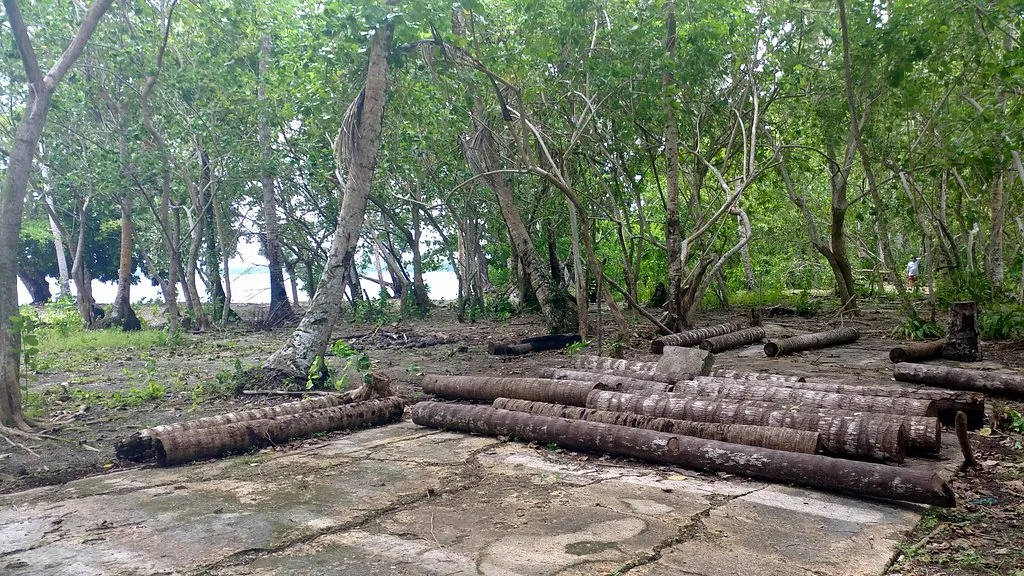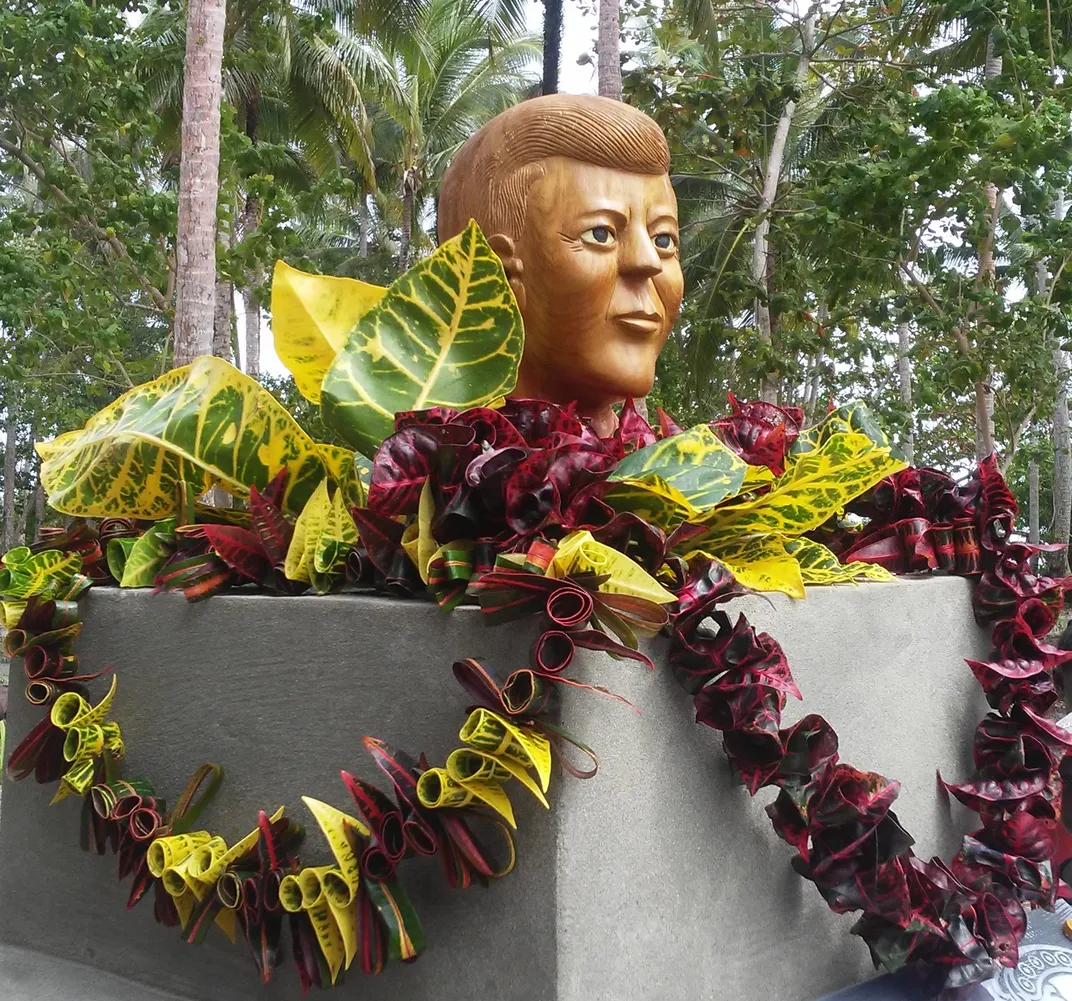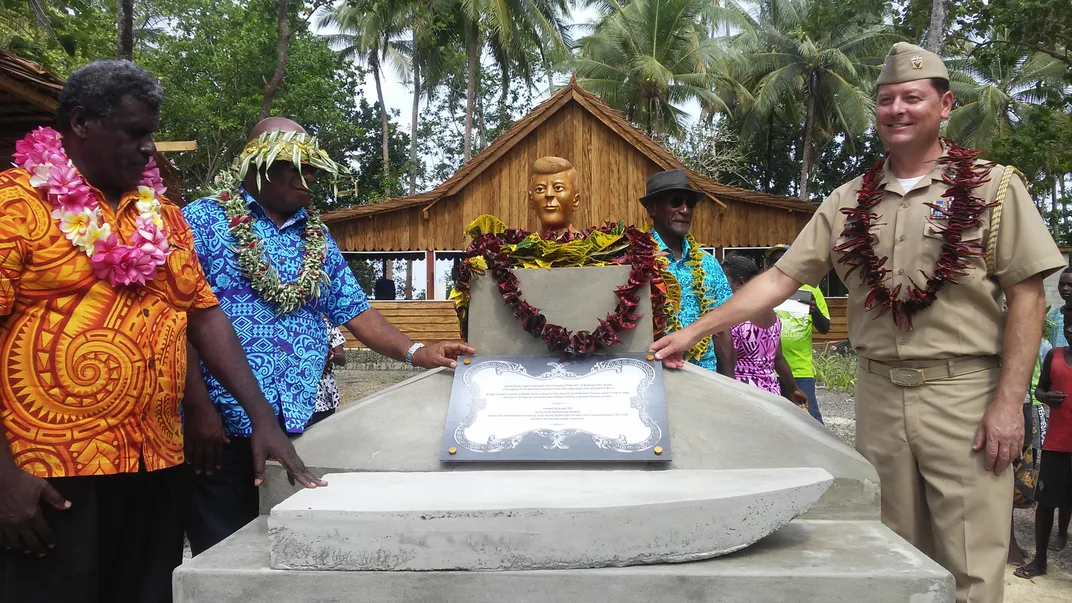Dive With WWII Wrecks in the Solomon Islands
75 years after the Battle of Guadalcanal, walk in the footsteps of history
Seventy five years ago, the Battle of Guadalcanal changed the course of World War II in the South Pacific. According to the National World War II Museum statistics, the Solomon Islands Campaign cost the Allies approximately 7,100 men, 29 ships and 615 aircraft. The Japanese lost 31,000 men, 38 ships and 683 aircraft. After the attack on Pearl Harbor on December 7, 1941, the Japanese Imperial Navy wanted a buffer against attack from the United States and its Allies, and began occupying islands throughout the Pacific Ocean.
When the Japanese began construction on what would later be called Henderson Airfield in July 1942, taking control of this strategic airfield became a primary goal for the US Marine offensive. American forces landed on August 7, 1942 to remove the Japanese from the island. The six-month battle in the Solomon Islands on the most easterly advance of the Rising Sun was crucial to preventing Australia and New Zealand from being cut off from the Allies. This was the first decisive battle of the war in the Pacific in which the Japanese forces were turned back.
The United States Marines depended upon the Australian Coastwatchers and the Solomon Island Scouts for local knowledge and assistance. Inscribed in a plaque at the Memorial Garden at Henderson Airport, the United States Marines honor them with these words: “In the Solomons, a handful of men, Coastwatchers and Solomon Islanders alike, operating side by side often behind enemy lines always against staggering odds, contributed heroically to our victory at Guadalcanal.” This partnership between these groups is credited with having saved John F. Kennedy while he was stationed in the area.
Kennedy was at a forward military base on Lubaria Island, where today you can still visit and see the original cement pads from the bakery and mess house, in addition to a well hole. On August 2, 1943, a moonless night, while patrolling between Kolombangara Island and Ghizo Island, Kennedy and his crew were on maneuvers in their patrol boat (PT 109) and in the path of the Japanese destroyer, Amagiru Maru. After being struck, their boat broke apart and began to sink. Two of the seamen—Andrew Jackson Kirksey and Harold W. Marney—were killed, and the remaining eleven survivors swam through flames towards land. Coastwatcher Reg Evans saw the flames and sent two scouts to search for survivors.
There were Japanese camps on the larger islands like Kolombangara, and Kennedy's crew swam to the smaller and deserted Plum Pudding Island to the southwest. The men worked together to push a makeshift raft of timbers from the wreck to move the injured and non-swimmers. Kennedy, a strong swimmer and former member of the Harvard University swim team, pulled the injured Patrick McMahon by clenching his life jacket strap in his mouth. After nearly four hours and more than three miles, they reached their first island destination. In search of food and water, they had to swim to another small slip of land named Kasolo Island, where they survived on coconuts for several days.
Island scouts Biuku Gaza and Eroni Kumana searched for survivors in their dugout canoe. If spotted by Japanese ships or aircraft, they hoped to be taken for native fisherman. When Gasa and Kumana found Kennedy, Gasa encouraged him to carve a message in a coconut shell. This message enabled them to coordinate their rescue:
“NAURO ISL
COMMANDER... NATIVE KNOWS POS'IT...
HE CAN PILOT... 11 ALIVE
NEED SMALL BOAT... KENNEDY”
Years later, that carved coconut shell sat on Kennedy’s desk in the Oval Office and served as a reminder of his time in the dangerous waters. Kasolo Island is now called “Kennedy Island.” And on August 3, 2017, Kennedy’s 100th birthday portrait and the 75th Anniversary monument was unveiled at ceremonies on both Kennedy Island and Lubaria Island.
Touring the area is an opportunity to explore what happened on the Solomon Islands three quarters of a century ago. Today, on the island’s pristine beaches, the violence of the battlefield feels long ago—but physical reminders remain. The area is a graveyard of dozens of World War II destroyers, military ships and aircraft in the clear waters surrounding the islands, and makes for an incredible chance to SCUBA dive through history.
PLACES YOU CAN VISIT TODAY
Diving: see the planes, boats, submarines underwater from WWII.
Dive the Toa Maru in Gizo, which is similar in size to the ship that rammed Kennedy’s PT boat. Explore to 90 feet underwater in Mundo and visit the Airacobra P-39 fighter from the USAF 68th Fighter Squadron and the nearby Douglas SBD-4 Dauntless dive bomber, which was hit by fire during a raid on Munda on July 23, 1943.
In Honiara: I-1 submarine, B1 and B2.
In Munda: wreck diving.
Museums:
Vilu War Museum
Explore the open-air museum at Vilu and walk among planes from the World War II dogfights.
Skull Island:
The ancestors of the Roviana people were warriors, and their skills as trackers enabled them to assist the United States in the battles fought on land and over water.
Peter Joseph WWII Museum in Munda.
Planning Your Next Trip?
Explore great travel deals
Smithsonian magazine participates in affiliate link advertising programs. If you purchase an item through these links, we receive a commission.
